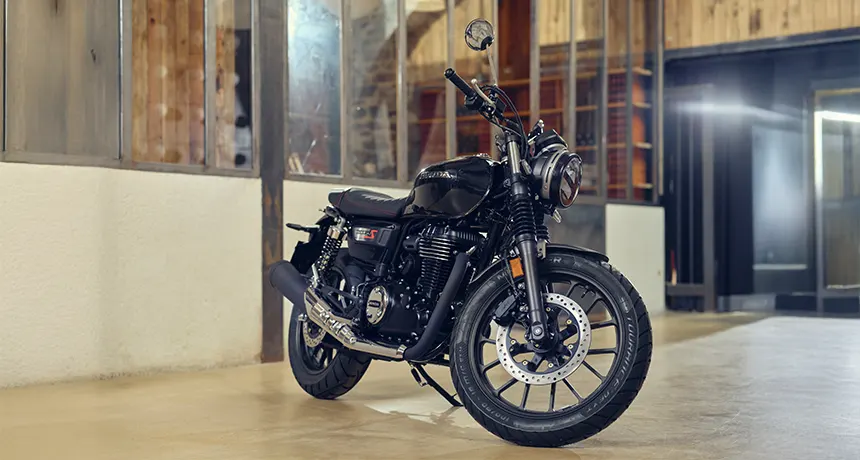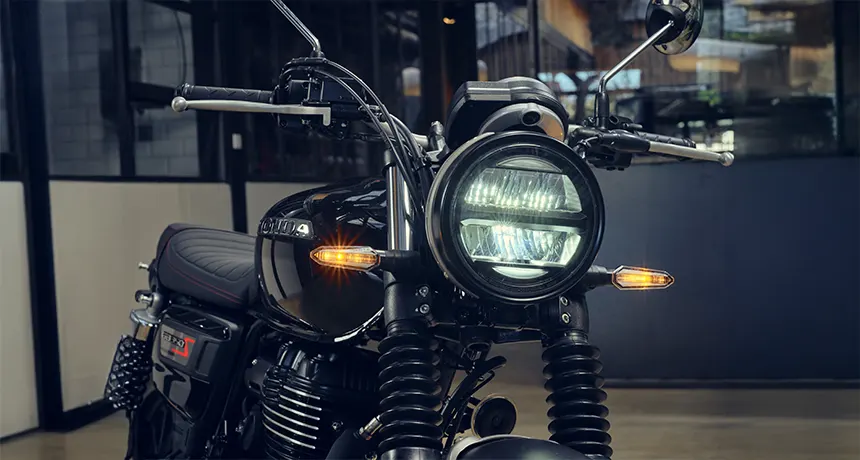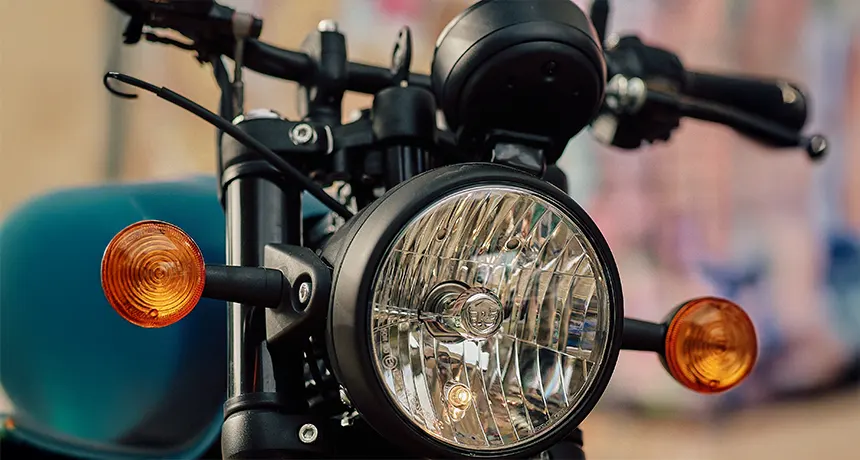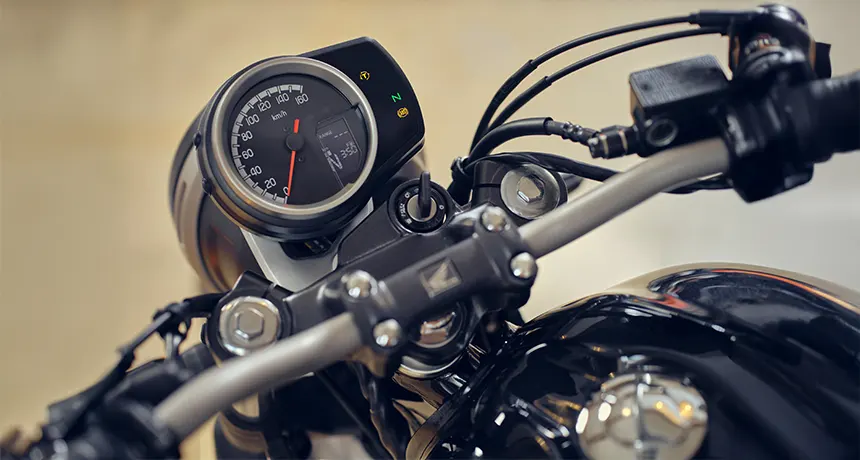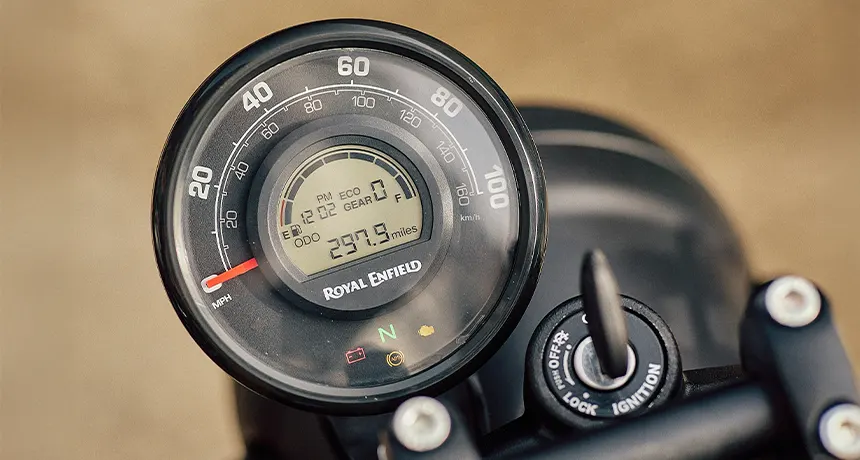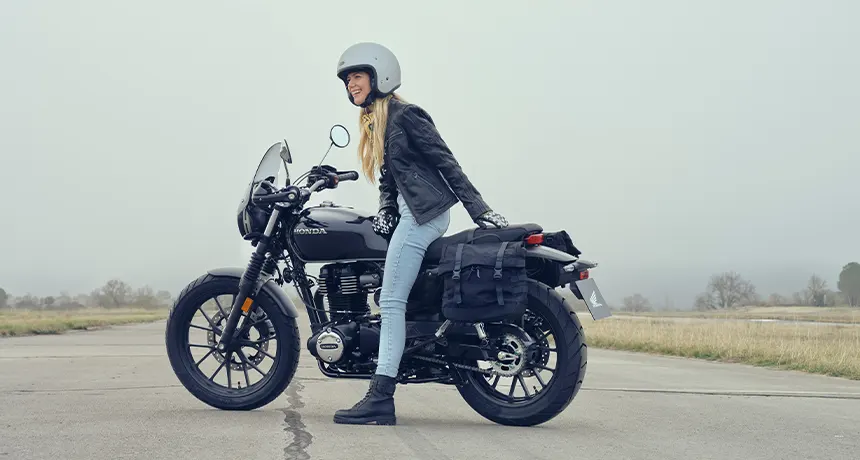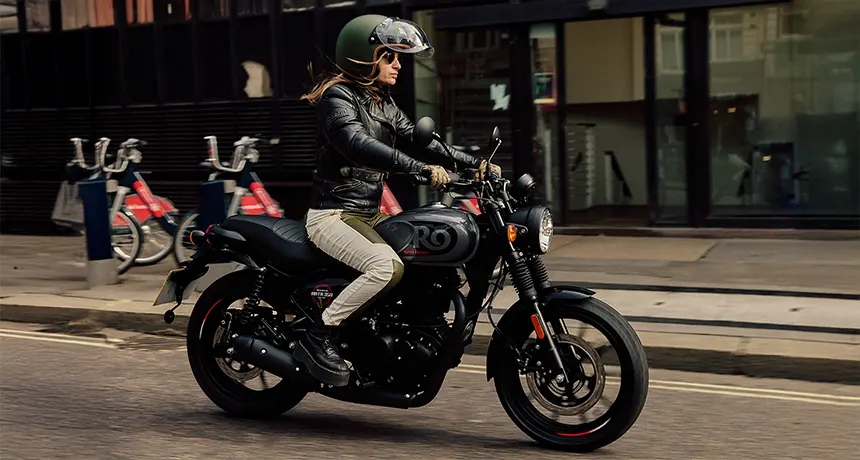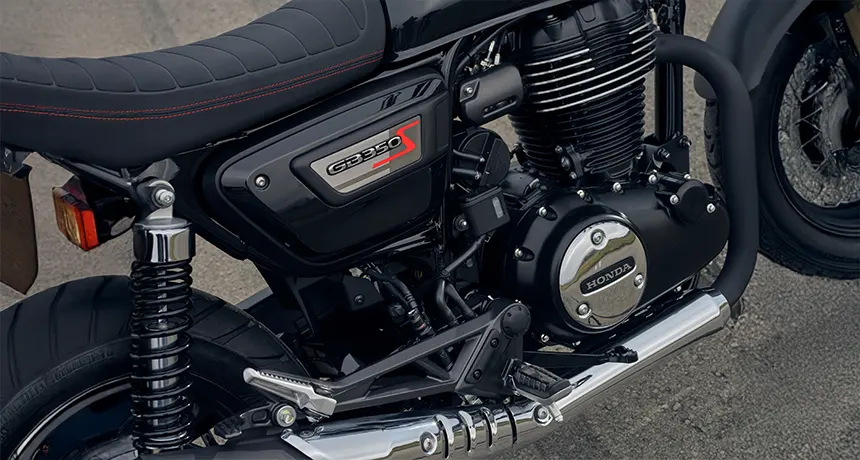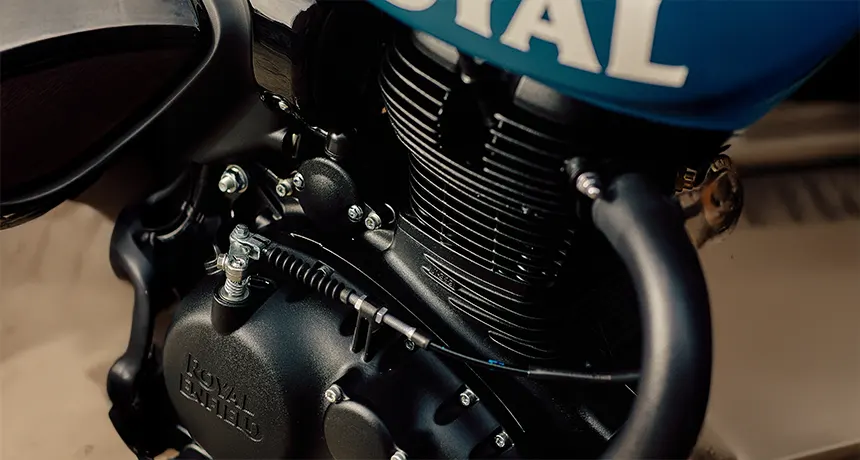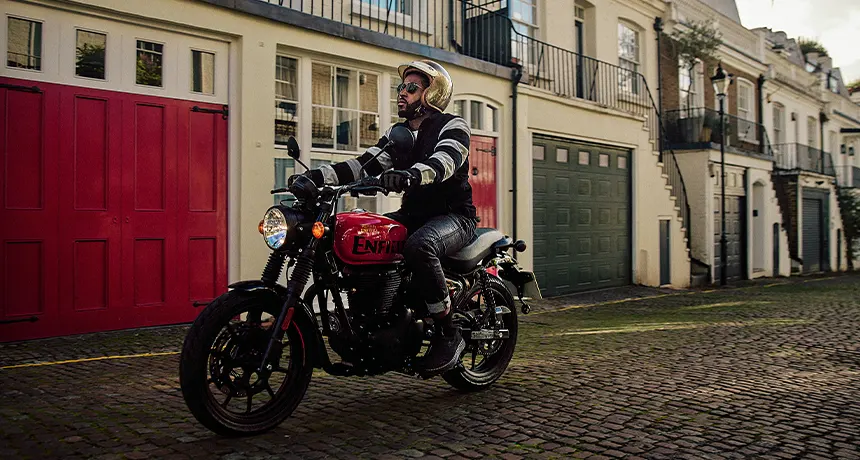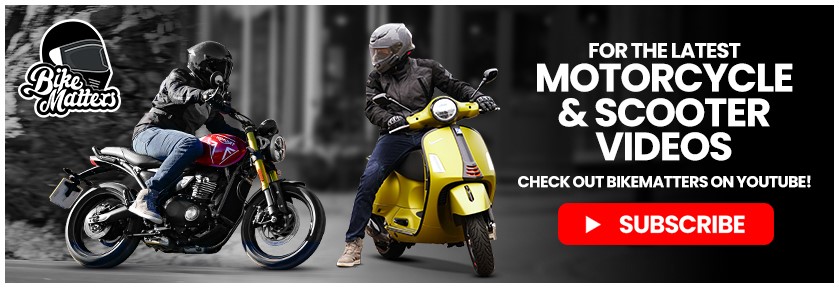One of the most popular – and competitive – motorcycle classes of all right now is for affordable, retro-styled, c.350cc single-cylinder roadsters. Revived BSA, for example, has just launched its new Bantam 350 and Triumph has its slightly largely, more sophisticated 400 Speed and Scrambler 400X.
But one of the first was Royal Enfield’s HNTR 350 (sometimes called the Hunter, although the Indian firm had to change that due to a trademark dispute), which debuted in 2022, while one of the most popular has been Honda’s GB350S, which arrived in the UK in 2025 and has already proved a big hit.
Both, on face value at least, boast very similar style, features, engines, performance and even price. But which is the best or, more likely, suits your needs the closest? Here we compare both to find out what’s best for you.
Design:
For two different bikes from two different manufacturers, the Honda GB350S and Royal Enfield Hunter 350 are remarkably similar, not just in style, specifications, engines and chassis but even in performance and price.
The Royal Enfield has to take some credit for being the first. Launched 2022 it’s based around the same, new air-cooled single as had by then already debuted in the 350 Meteor cruiser and shares some of its components but in a new, more upright retro roadster chassis. Its style is convincing retro, has a more ‘60s style side panel than the Honda and is offered in four two-tone colour schemes compared to the Honda’s two, plain schemes.
The Honda was launched in the UK for 2025 after already being on sale in Japan and has a very similar spec to the Enfield but, styling wise, somehow manages to do it in an even more convincing, charming way. Although like the Hunter, most of the engine is ‘blacked out’, the GB350S has more chrome highlights, which give it an air of extra quality and its Japanese build quality is largely faultless where the Indian built Hunter seems more conspicuously basic – there’s not much in it, though.
Price-wise, there’s very little in it, either. The Hunter currently retails for between £3899 and £3979, depending on colour choice, the Honda for £3999.
Equipment:
Again, as you might expect, the two are very closely matched. Obviously, with both being budget, entry level, retro-style machines, sophisticated luxury and equipment isn’t their forte, but that simplicity and purity is also a big part of the appeal.
Electronics-wise, there are no riding modes, and the Hunter has only ABS where the Honda also has a rudimentary traction control system, not that you really need it. Both also have combined analogue/digital LCD instruments, although some find the Honda’s more nicely designed, and there is very little between them in terms of switchgear, either.
Both come as standard with retro-style rubber gaiters to protect the fork legs from corrosion. While the Honda also has slightly more convincing LED lights all round, its mirrors are ‘nicer’ too and its raised tank badges add an air of quality the Enfield’s decals can’t match.
Otherwise, the Honda has a 15-litre fuel tank, the Enfield a 13-litre one, but the Hunter also has a USB-C charging point.
Performance:
Again, very similar. The Enfield’s air-cooled SOHC 349.34cc single is identical to that in the Classic 350 and Meteor 350 and makes a modest 20.2 bhp @ 6100rpm and 19.9lb.ft of torque at 4000rpm. It has a five-speed transmission, chain final drive, friendly, idiot-proof and willing and Enfield also claim it’ll return mpg figures in the high 90s.
The Honda also has an air-cooled, fuel injected, 348cc single cylinder engine but has a longer stroke configuration and produces a claimed 21bhp and 21lb-ft at slighter lower rpm, just 3000rpm, making it a slightly more leisurely ride. Both have a top speed of around 75mph and Honda also claims fuel consumption in the high 90s, although with its slightly larger fuel tank the Honda has slightly more range.
Braking, too, is very similar with both bikes boasting single front discs grasped by twin piston, conventional brake calipers assisted by ABS. The Honda, however, has slightly higher quality tyres and is also claimed to be 3kgs lighter so might have the slight edge.
Ride & handling:
Guess what? They’re the same – but slightly different. Although, again, both Honda and Royal Enfield appear very similar there are subtle variations that make a slight difference. First off, the Honda is the slightly bigger, roomier, longer bike thanks to its 1440mm wheelbase (compared to the Enfield’s 1370mm) and its bigger 19inch front wheel (the Hunter has 17inch wheels front and rear. The Honda also has more leisurely, gentle steering geometry by way of a more ‘kicked out’ 27-degree rake angle compared to the sharper, steeper 25-dgrees of the Royal Enfield. To sum up, that all should make the Honda slightly more stable and roomier with lighter steering due to its bigger front wheel, where the Enfield will be slightly shorter and nimbler with slightly quicker steering. Overall, however, there’s again not much in it.
Verdict:
Rarely have we compared two bikes which in virtually aspect and specification are so closely matched – even down to their style and price. Both have also proved hugely successful and have garnered generally glowing reviews, so you can take reassuring solace is that, whichever you may go for, both are great bikes.
If we have to split them, though, it goes like this: The Hunter is slightly cheaper and, overall, doesn’t quite evoke the same sense of quality. The Honda’s finish, clocks and switchgear seem better. Performance-wise, there’s virtually nothing in it, nor is there in terms of handling and braking, either.
The Enfield offers more colour choices, has been around for longer (so there are more used examples available) and has arguably proven itself over a longer period. But the GB350S counters that with the knowledge that, although new to the UK, it has been in production for over two years, is a Honda (and there are few better guarantees of reliability than that) and, also as such, has one of the best dealer networks in motorcycling.
And that may be the ultimate decider. If you distinctly prefer the looks of one over the other, there’s little, materially, to persuade you otherwise. Similarly, your more local dealer may be the convincer. And, if you’re after a used option, the Enfield is almost certainly the better bet. Either way, both are great bikes.


